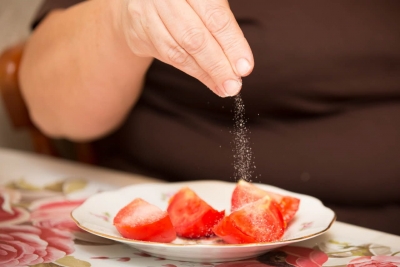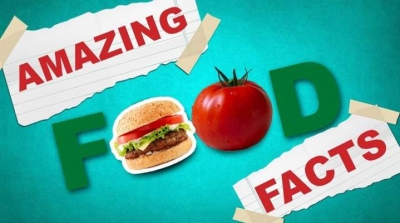
Vitamins are substances our body needs to grow, function properly, and to fight off disease. But our body cannot produce all the required vitamins nits own. So we turn to food sources and sometimes supplements to get them. All 13 vitamins play a crucial role in our well-being.
Vitamins are of two types: fat soluble and water soluble. Some vitamins that form part of our daily diet get stored in the fatty tissues of our body and in the liver. They remain there for about six months, ready to be used by the body whenever required. Vitamins A, D, E and K fall under this category. In contrast, water –soluble vitamins do not get stored anywhere and are carried in the bloodstream throughout the body. Some of these that do not get used up get excreted in urine. Hence it is important to constantly replenish them, vitamins C and the big group of B vitamins (B1 – thiamine, B2 – Riboflavin, B3- Niacin, B5 – pantothenic acid, B6-pyridoxine, B7-niotin, B9-folate and B12 – cobalamin) fall in this category.
Vitamin A: if you want keen eyesight, then this is the vitamins you need to take. A great immune booster, it also protects the body from infections diseases. It promotes cell development and growth, besides healthy hair, skin, bones and teeth. So, milk fortified with Vitamin A, liver, turna and cod liver oil, orange and yellow fruits and vegetables (carrots, sweet potato, red bell peppers) and leafy greens such as spinach are the foods you need to take to get this vitamin.
Vitamin B: This group, comprising B1, B2, B3, B5, B6, B7, B9 and B12, provides your body with the energy it needs to get its metabolism going. Besides, B vitamins play a role in producing red blood cells that carry oxygen to all parts of the body as well as boost nerve health. So turn to dairy products, whole grains, wheat, oats, fish, poultry, meat, eggs, leafy greens and legumes to get your dose of Vitamin B.
Vitamin C: This vitamin keeps gums and blood vessels in good health. A powerful antioxidant, it helps wounds heal fast and builds the body’s resistance to disease and aids in iron absorption. Citrus fruits, strawberries, tomatoes, green and red peppers, broccoli and cabbage are rich in this vitamin.
Vitamin D: Make sure your body gets enough of this vitamin if you want strong bones and teeth. This vitamin also helps your body absorb calcium, an essential mineral.
Did you know the body produces vitamin D in response to sun exposure? It is also available in foods such as egg yolk, fish, liver and cereals fortified with it.
Vitamin E: An antioxidant, it protects body tissue from damage caused by free radicals which are compounds that form when our body converts food into energy. It helps cells fight off infections. Almost and peanuts are good sources of vitamin E. Besides, you can get it from wheat, oats, egg yolk and green veggies.
Vitamin K: This vitamin plays a critical role in making the blood clot in case of injury, thereby preventing excessive blood loss. This vitamin is largely present in leafy green veggies and Brussels sprouts and also in milk, yoghurt and cheese.
Picture Credit : Google






